SASKATOON – From the land of living skies to producing the greatest CFL team and fans, Saskatchewan is home to many great things – big and small. But did you know it is also home to the most northerly active sand dunes or where ATMs were first developed and used in Canada?

Here are ten things about the province you may or may not know.
Let us know in the comments something you think is not well known about Saskatchewan.
Cypress Hills
Set in the southwestern corner of the province, Cypress Hills Interprovincial Park is a mix of forests, wetlands and grasslands and is the only interprovincial park in Canada, straddling Saskatchewan and Alberta.
The park is home to the highest point in Saskatchewan – Lookout Point at 1,392 metres above sea level.
It is also home to Fort Walsh, which served as headquarters for the North-West Mounted Police (later the Royal Canadian Mounted Police) from 1878 to 1892.
Athabasca Sand Dunes
The Athabasca sand dunes, found in the northwest corner of the province near the Northwest Territories, is the most northerly active sand dune formation in the world.
The dunes stretch for approximately 100 kilometres along the south shore of Lake Athabasca. They are the largest active dune fields in Canada, and the largest this far north anywhere in the world.
According to Dene legend, the dunes were created when a giant man speared a giant beaver that thrashed its powerful tail around so much in the throes of death that it ground the surrounding soil into sand.
In 1992, Athabasca sand dunes provincial wilderness park was established to protect and preserve the dunes, rare plants, and the spectacular scenery.
READ MORE: Road trip! Your guide to uncover Canada’s hidden gems
Automated Teller Machines
The first automated teller machine in Canada was developed by Saskatchewan credit unions in 1977 and first went into service at two Sherwood Credit Union branches (now Conexus Credit Union) in Regina.
Users could access the machines 18 hours a day, seven days a week, with a maximum withdraw of $200.
Saskatchewan is also home to the first debit card transaction in Canada. The MasterCard payment card – MasterCard II – allowed credit union members to pay for purchases without running up credit card interest.
Prime Ministers
The federal riding of Prince Albert is the only constituency in Canada to have had three prime ministers represent it: Sir Wilfrid Laurier (1896), William Lyon Mackenzie King (1926-1945) and John Diefenbaker (1957-1963). None of the three were born in Saskatchewan, although Diefenbaker moved to the province at a young age and grew up in Prince Albert.
Laurier won the Saskatchewan riding (now Prince Albert) in 1896 before Saskatchewan became a province, but he vacated the seat 18 days later to represent Quebec East.
King, having lost his North York, Ont. seat, in the 1925 federal election, captured the Prince Albert seat in 1926 by-election after it was vacated in 1926 and held it until he was defeated in the 1945 general election.
Diefenbaker was first elected to represent the Prince Albert riding in 1953, a seat he held until his death in 1979.
There is an interesting, albeit brief, connection between Laurier and Diefenbaker.
Laurier was in Saskatoon to lay the cornerstone at the University of Saskatchewan’s first building. As the story goes, Laurier bought a newspaper from the then 15-year-old Diefenbaker at the railway station.
At a speech later in the day, Laurier had this to say about Diefenbaker: “After I talked to a newsboy this morning, he told me: ‘I can’t waste any more time on you, Prime Minister. I must get about my work.’ “
Pulse crops
Saskatchewan may once have been known as the bread basket of the world, but other crops help the province feed the world. Canada is the leading exporter of pulse crops in the world, and a lot of those come from Saskatchewan.
According to Saskatchewan Pulse Growers, 96 per cent of lentils, 90 per cent of chickpeas and 70 per cent of the dry pea crop grown in Canada in 2012 came from Saskatchewan.
The top export markets? India, China, the United States, Bangladesh and Turkey.
Mustard
There is a good chance the next time you are putting mustard on your hot dog or hamburger, it came from Saskatchewan.
Although mustard production didn’t start in Saskatchewan until the 1950’s, it has grown to account for about 75 per cent of production in Canada, which in 2010 was just over 150,000 tonnes, tops in the world.
Highways and roads
Did you know there are more roads in Saskatchewan than in any other province in Canada?
According to Highways and Infrastructure, there are 26,000 kilometres of highways in the province and a total road surface of 160,000 kilometres – enough to circle the equator four times.
When rural and municipal roads are added to the equation, there are over 250,000 kilometres of roads in Saskatchewan.
Canadian Light Source
The Canadian Light Source (CLS), on the University of Saskatchewan campus, is home to the synchrotron, one of the largest science projects in Canadian history and the only one of its kind in Canada.
CLS has hosted thousands of researchers and scientists from across Canada and over 20 countries who use the particle beams to research anything from dinosaurs to viruses.
More recently, CLS is being used to find alternative sources of medical isotopes with the impending shutdown in 2016 of the NRU reactor in Chalk River, Ont.
Lakes
While most of Canada may not think water and Prairies go together, residents of Saskatchewan and those who have visited the province know otherwise. The province is home to roughly 100,000 lakes, more than enough to satisfy water and fishing enthusiasts alike.
One of the most unique lakes in the world is located in Saskatchewan – Manitou Lake, southeast of Saskatoon. The briny water of the lake possesses natural therapeutic skin and body care properties only found in a few other places – plus it offers impossible-to-sink buoyancy.
The second largest lake – Reindeer Lake – is also the deepest, reaching 710 feet at Deep Bay, which was created by a meteorite some 140 million years ago.
Saskatchewan lakes are also a fishing paradise, with anglers having caught three world record fish:
- a 25.1 pound burbot caught on Lake Diefenbaker in 2010 (all tackle world record);
- a 48 pound rainbow trout caught on Lake Diefenbaker in 2009 (all tackle world record); and
- an 18.3 pound walleye caught on Tobin Lake in 2005 (world ice fishing record).
NHL Players
From Gordie Howe to Brian Trottier, some of the greatest players to have hit the ice in the NHL have come from Saskatchewan.
What may be a little known fact is that on a per capita basis, Saskatchewan produces more NHL players than any other province – a fact recently recognized in a Budweiser campaign:
In his 2013 book Fire on Ice: Why Saskatchewan Rules the NHL Regina author Darrel Davis found that for every 100,000 in the province, there were 4.8 playing in the NHL.
Next best? Manitoba at 2.6 players per 100,000.
Seventeen players from Saskatchewan have been inducted into the Hockey Hall of Fame.



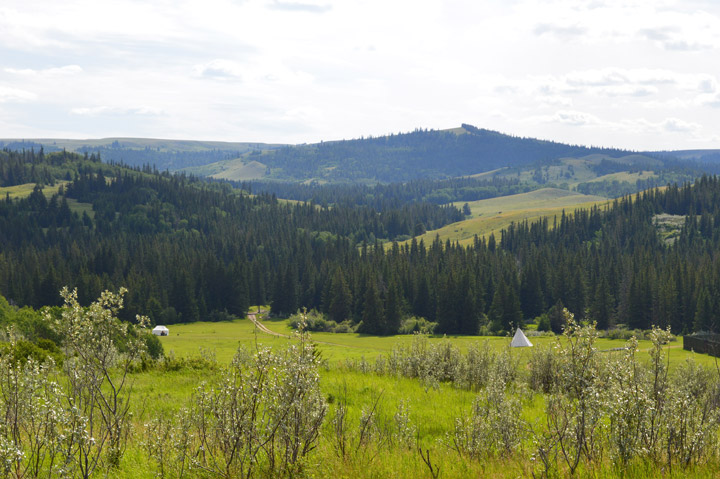


















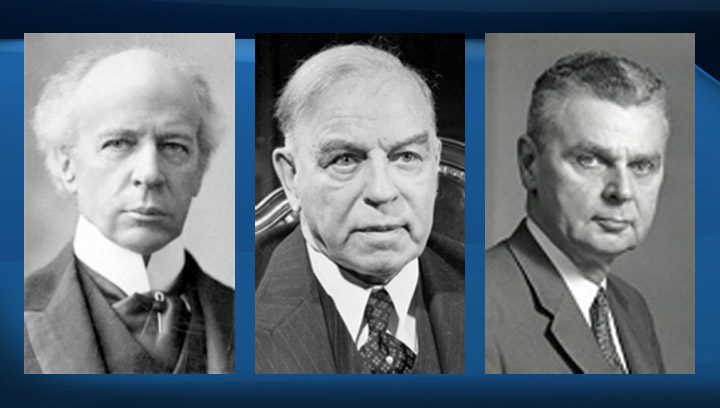
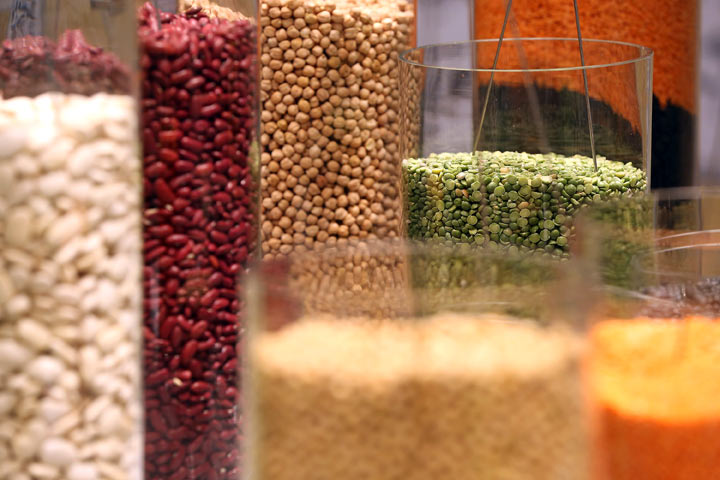


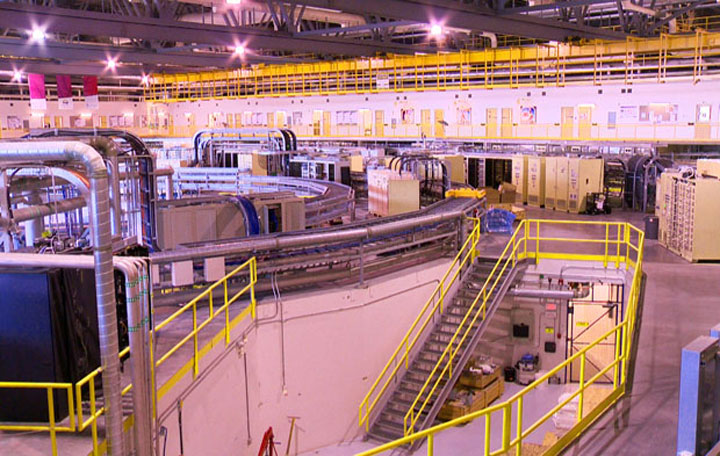
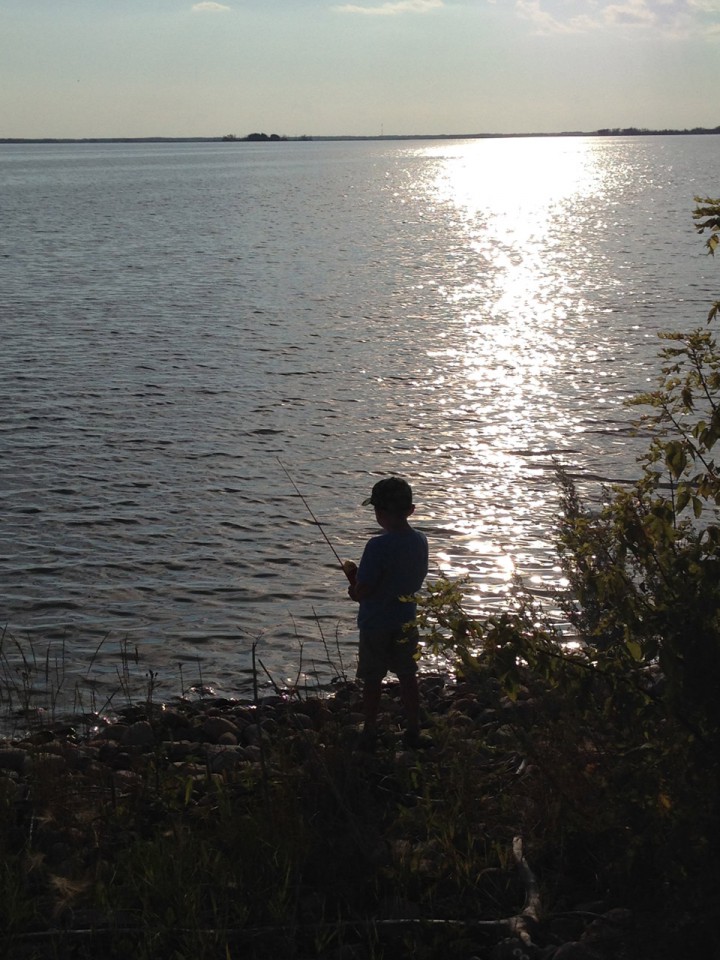
Comments